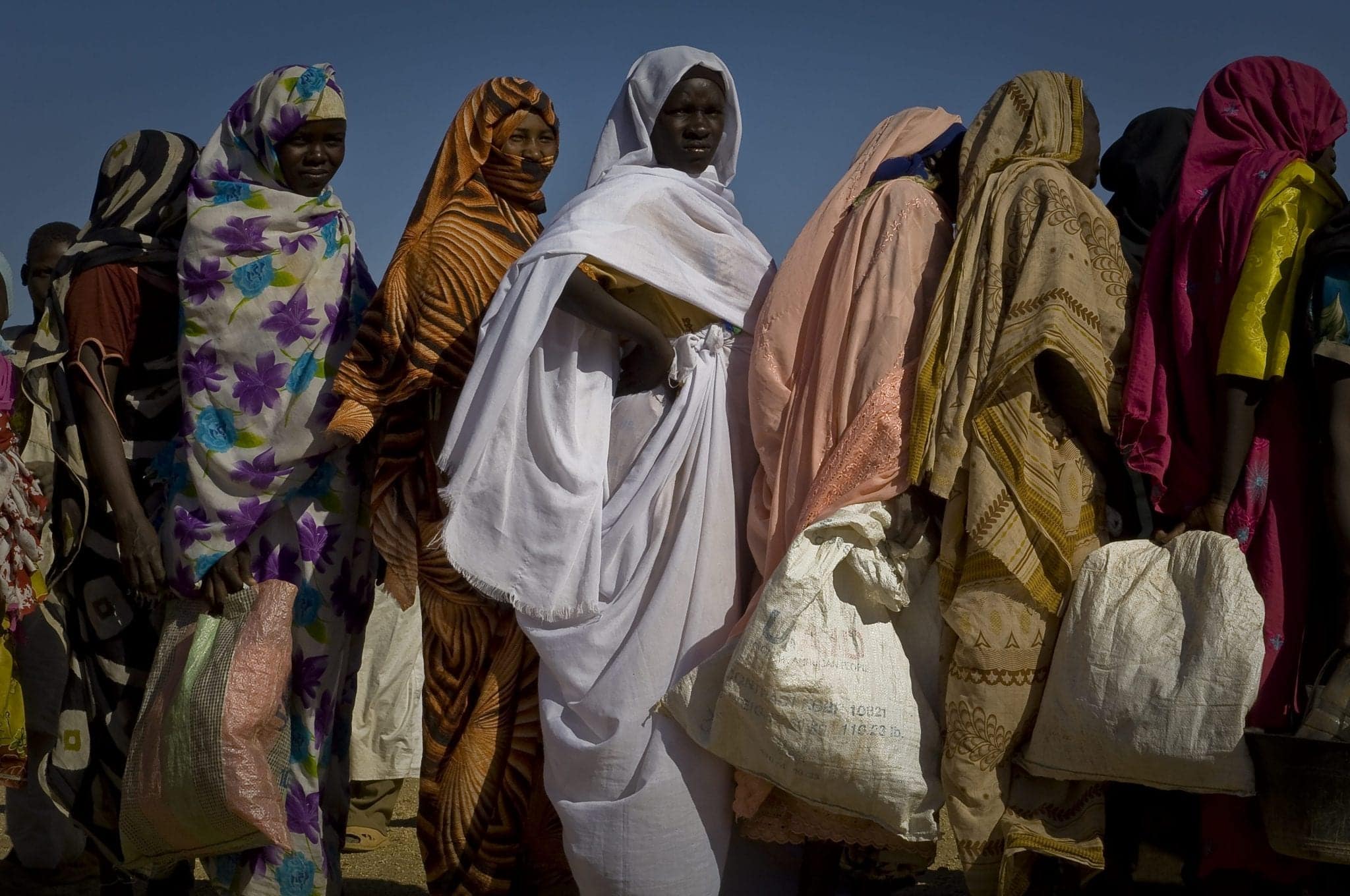Low refugee resettlement cap takes a toll on CNY refugees and organizations
Low refugee resettlement cap takes a toll on CNY orgs

On a sunny Friday afternoon in early October, Abdul Saboor sits at his desk at InterFaith Works and reviews client cases.
Saboor is a match grant coordinator at the Center for New Americans, a division of InterFaith Works of Central New York that caters to refugees, immigrants and their families. The center is one of four divisions of InterFaith.
“Essentially, when you commit to doing resettlement, you’re agreeing to anything and everything from the scratch to getting them sufficient enough to thrive,” Saboor said. “Ultimately, we strive to address the needs and concerns of our families.”
On September 17, Secretary of State Mike Pompeo announced the proposed number of refugees that the United States will allow to resettle in the 2019 fiscal year. “We propose resettling up to 30,000 refugees under the new refugee ceiling, as well as processing more than 280,000 asylum seekers,” he said. These are the lowest numbers in U.S. history.
“In the past, before the present discourse and what’s going on today with the new administration, we resettled anywhere between 400 to 450 refugees annually,” Saboor said. “In terms of comparison, this year- our fiscal year ends in September so we are just starting the 2019 year- we settled only about one hundred and eight, a very clear difference.”
In a recent letter to citizens of Central New York, Beth A. Broadway, President and CEO of InterFaith, spoke out against the cap and urged others to do the same by calling lawmakers. “A goal of 30,000 is indefensible and morally inexcusable,” she said. “The administration cited ‘capacity issues’ as a key reason for the reduction from the typical 75,000. But the capacity issues arise from federal dismantling of the U.S. State Department’s staff and programs, which is deliberate and reprehensible.”
Saboor says that since the new cap took place, many organizations like his didn’t survive. He believes that from that kind of a standpoint, it puts those communities in a darker place. To try and remedy this, he and others within InterFaith make calls to senators and representatives to advocate for at least 75,000 refugees rather than just 30,000.
“Since the new administration started, a big concern has been what I normally refer to as the ‘invisible wall’ that’s been created that seems to be not only putting organizations such as ours in an uncomfortable position, but also creating this dialogue of ‘me vs. you,’” he said. “There’s a sense of uncomfortableness and not knowing what will happen.”
The Rev. Gracious Moyo, director of InterFaith Works’ Interfaith Initiatives, believes that the key to changing public opinion about refugees is for people to actually spend time with them. “When you hear a refugee’s story straight from them, it becomes very real,” he said. “It’s not just some words, it’s a human being behind those words.”
Stacie Blake, director of government and community relations at the U.S. Committee for Refugees and Immigrants, says refugees bring the belief and the capacity to rebuild their lives from scratch. Many have lost everything when they come to America, so they’re highly motivated to rebuild as best they can when they have opportunity and safety. She is disappointed by the recent travel caps and by the continuing stigma against refugees.
“They are stopping entire countries worth of people from traveling, regardless of any particular plans that may have been made a long time ago,” she said. “We would prefer that people be judged on their particular merits, not the country they grew up in.”
Nicole Watts, executive director of HopePrint, another local organization that aims to help refugees thrive, says their programs seek to provide a crucial environment of love and belonging. She says refugees and immigrants add a rich diversity to our communities, while also adding to the local economy and contributing in many other ways. She has seen the national rhetoric surrounding refugees and immigrants take a toll on morale.
“The refugee cap for last year was already very low, and the federal government did not facilitate even meeting half of it, even though there were many families ready to be resettled,” she said. “We believe that there is a global responsibility for us as human beings and a nation entrusted with power, to facilitate security, survival and a pathway to thriving once again for displaced families.”





